
Now that you have your bird box hanging neatly on your garden wall or tree, you might feel a tad deflated with summer in full bloom and no egg in sight. Maybe you’ve already followed a beautiful blue tit family in there, from eggs to fledglings. Or perhaps you haven’t had any bird box visitors at all yet! It’s nice to watch birds flying around the feeder and all, but hearing some new nestling chitters sure would be nice..
Birrrd up! It’s not too late! Don’t give up on your nest box just yet. The coal, great, and blue tits may have flown by now, but there are still some late nesters to look out for. Discover which new bird broods you can expect in July and August, and how you can attract and help them!
Fledged & Flown
For some bird species, breeding season has come to an end. Most blue tits for example only lay one large clutch, which can contain up to 10 - 12 eggs. Nesting takes place between April and June, so that their tasty green caterpillar snacks will be abundant when the chicks hatch. Second clutches are rare.
Besides young blue, marsh, great, and coal tits taking off, you’ll also see carrion crows winging into the great wide open. Just around now, they’ll be leaving their treetop fortress to join a local flock in the air; adventures await.
You can also wave bye-bye to our young magpies. Once fledged, they grow up to fly out and explore the world of shiny excitement.
And what about those cute puffs o’fluff, the tawny owlets? Sorry, one clutch only. It takes months before they’re fully independent though, so you can still see them around for a while, all huddled up and looking golly as ever.
Want to help house tawny owls or barn owls yourself? Or even kestrels? You could get an owl box already! That way, it can be all set up and ready to go when owls are on the lookout for a new home again in winter or spring, oohoo!
Laters Gonna Late
For nesters in July and August, we’re talking birds of a different feather.
It’s time for the finches to flourish. The seed eaters, that is. Apart from the chaffinch, who feeds its young on invertebrates, the rest of the finch family feed their nestlings primarily on regurgitated seed paste - along with the occasional side dish of small insects (yum).
Seeds are widespread and numerous in late summer, that’s why you’ll see colourful goldfinch and greenfinch populations blossom this time of year.
To attract goldfinches to your garden, make sure to plant some thistle, burdock, and dandelions. These bright and sprightly birds, with their small bills, favour wild composites. They’re also mad about lavender, and can’t seem to get enough of nyjer seed, in case you’re wondering what to offer them on your bird feeder.
As for greenfinches, their bills are a good bit broader, and so is their diet. They’re known to crack open sunflower seeds like there’s no tomorrow. If you happen to travel past a sunflower field in sunny July, have a pause and see if you can spot some. (Good excuse for a little breather too if you’re on a rather brisk group walk.)
Especially when roaming through rural areas, you can also come across wood pigeons late-nesting away. July brings a happy harvestful of seeds and grains, providing the ideal food supply for the little ones. Wood pigeon squabs munch on a highly nutritious, milky concoction that the parents made up via cells in their crops. If you see pigeons gorging on seeds and grains on your bird table in July, August or even September, it’s most likely that they’re preparing some special porridge mix for their babas back in the nest.
Second Best?
So you see, it’s not too late to look out for new feathered families in your own backyard!
Sometimes other bird species do surprise us with a rare second brood or attempt, even when it’s not in their nature. It can occur when previous nests have failed. Did you know, some angry, unpaired male birds can brutally destroy a pair’s nest, only to try it on with the mother bird afterwards? Often successfully so!
Occasional blackbirds and song thrushes can also pluck July’s new opportunities. You’ll hear their song come back after a few weeks of silence. Their second broods, however, will be much smaller, as the soil is drying out so worms retreat further underground, making them much harder to find. And worms is what their young rely on.
The number of caterpillars is also decreasing, so robins and chaffinches, if they go for another nest, will lay fewer eggs than their first brood in earlier months.
Bringing It Home
Which birds have you spotted nesting this time of year?
Whoever you have chirping around, make sure you have plenty of nosh on your bird feeder camera available for them. And lots of water resources, as all that grain, insect and seed nibbling is thirsty business for birds! Another way of helping them (and the bees, bugs, and hedgehogs!), is placing bee and bug hotels and lots of edible flowers and berries.
And erm, watch this space: we’ll soon have bird food, bug hotels and bird baths available as well!
 Gandalf Goldfinch The Wise
Gandalf Goldfinch The Wise (Original goldfinch image source: Times Union)




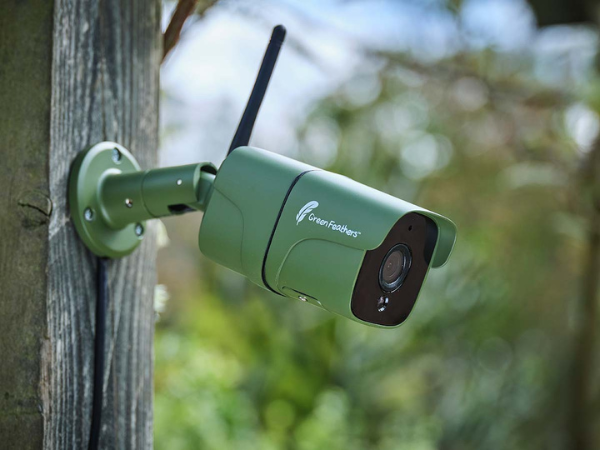
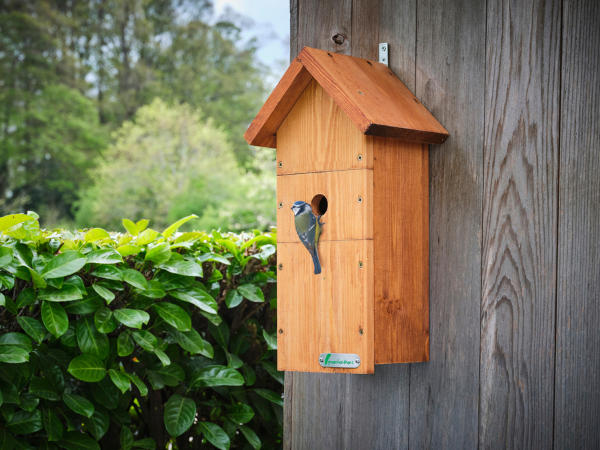
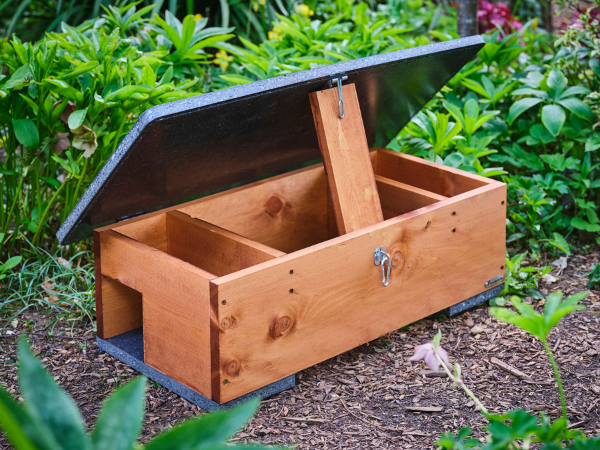
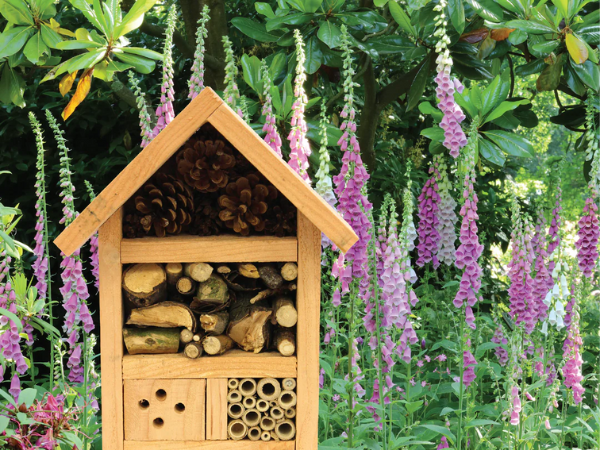
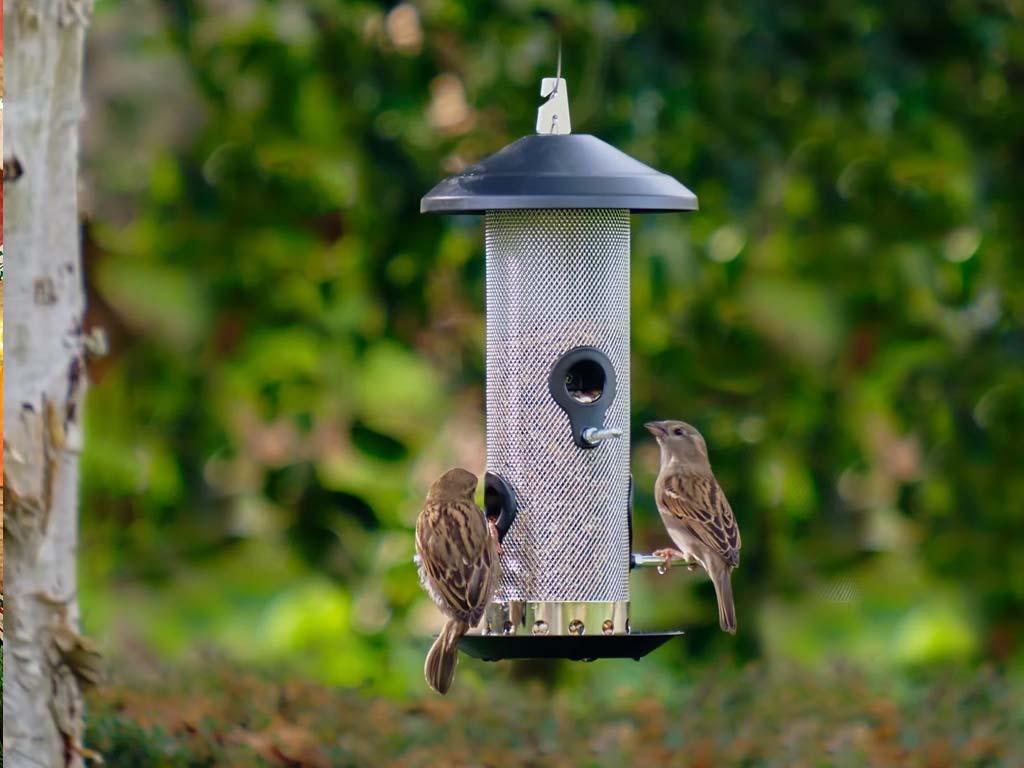
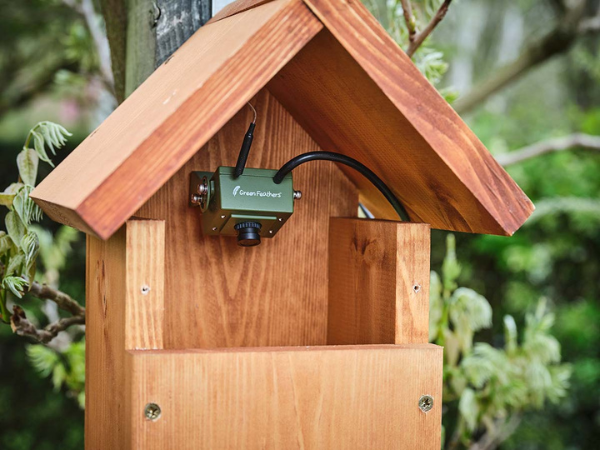
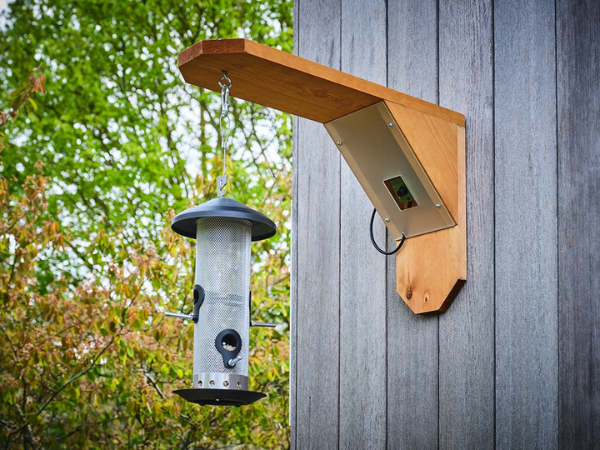



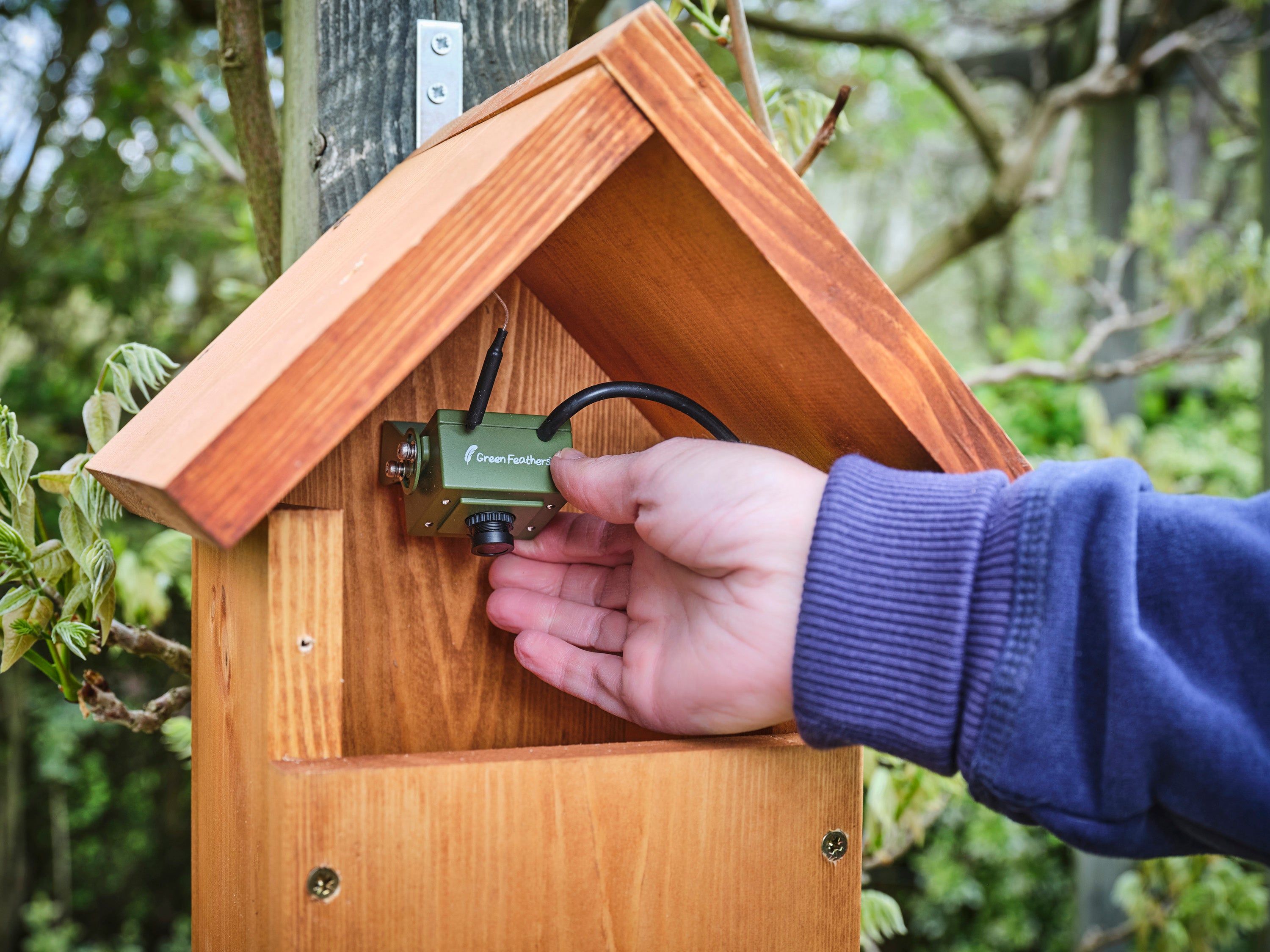
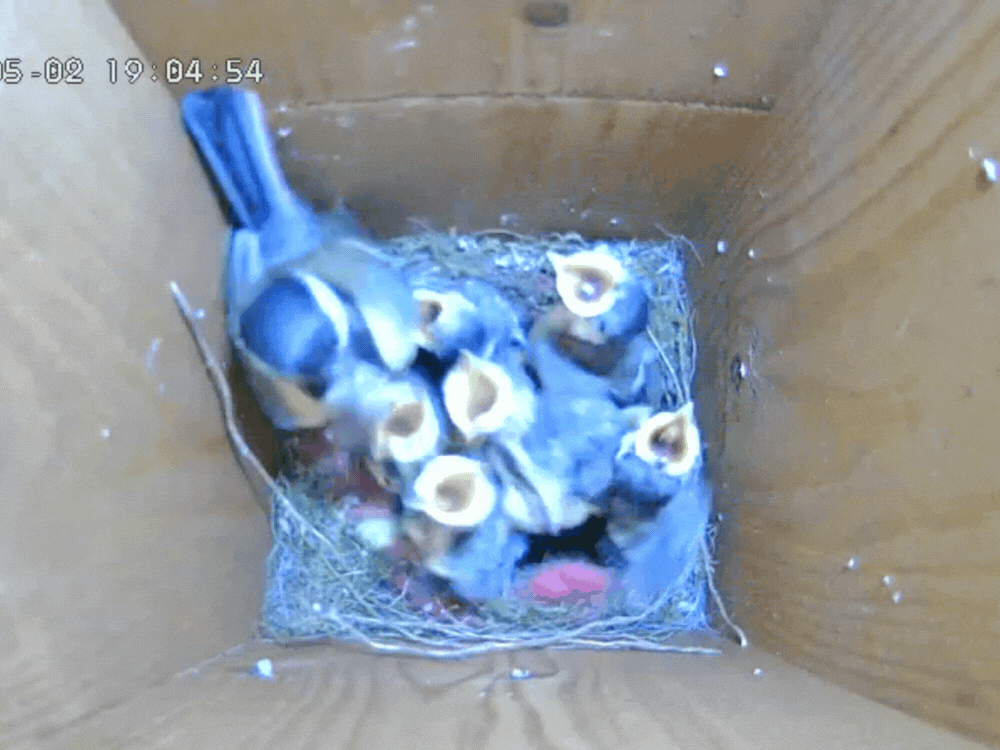



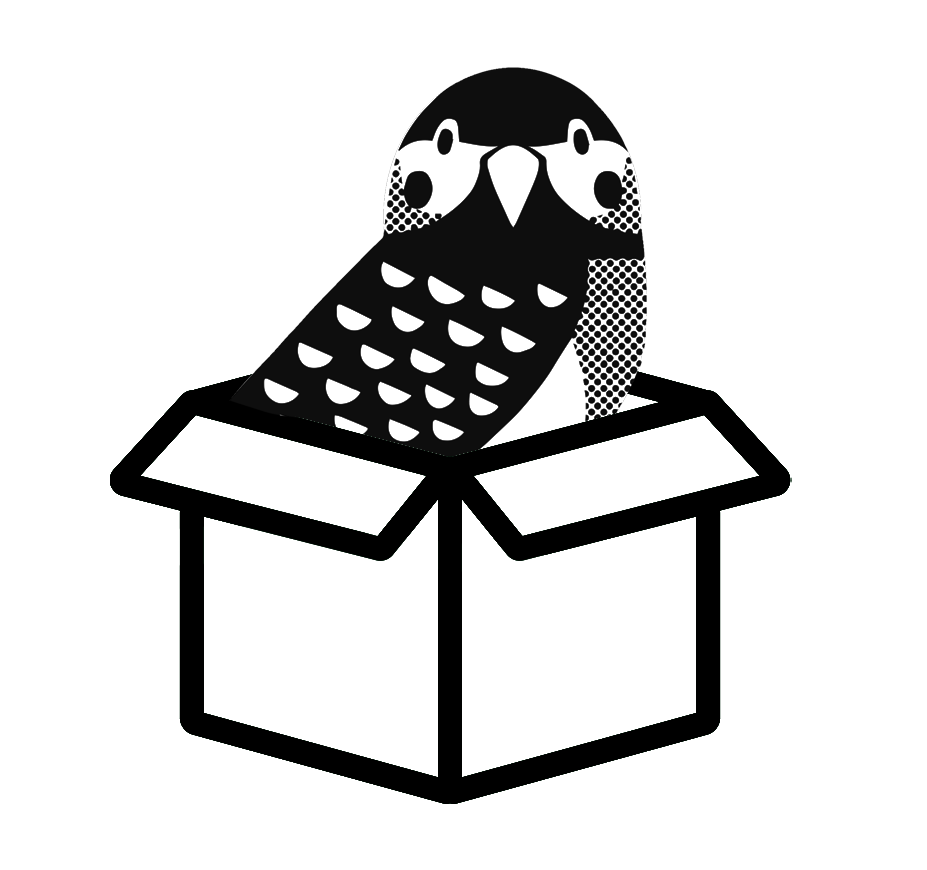
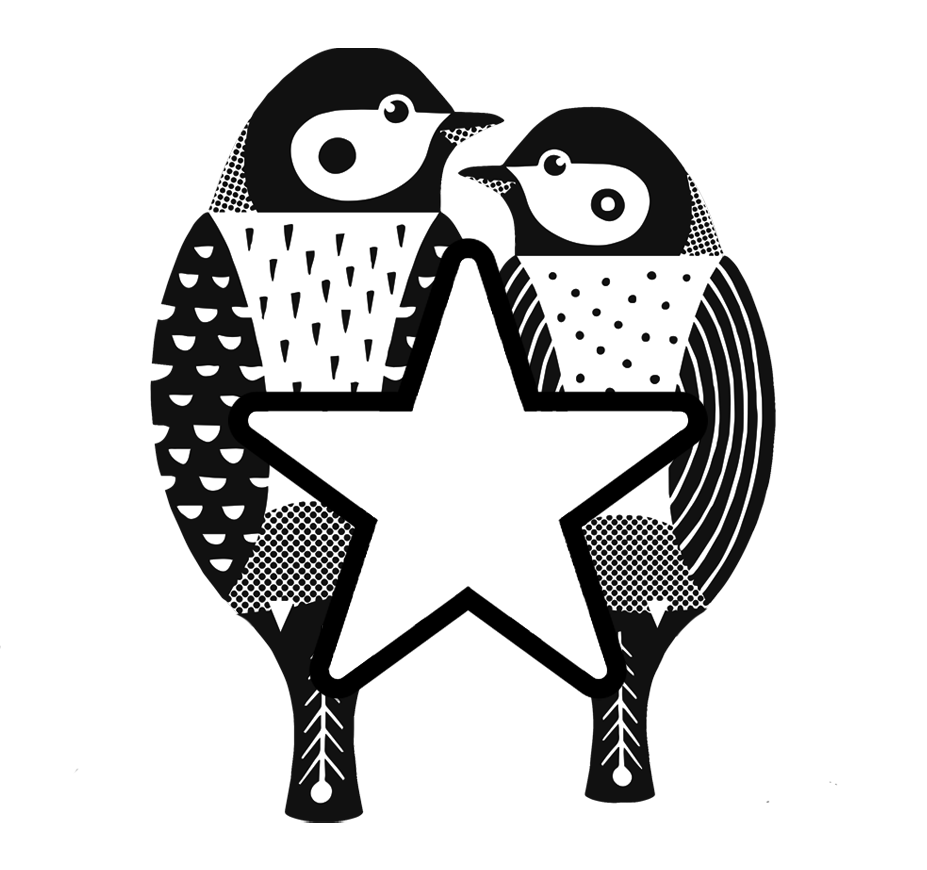
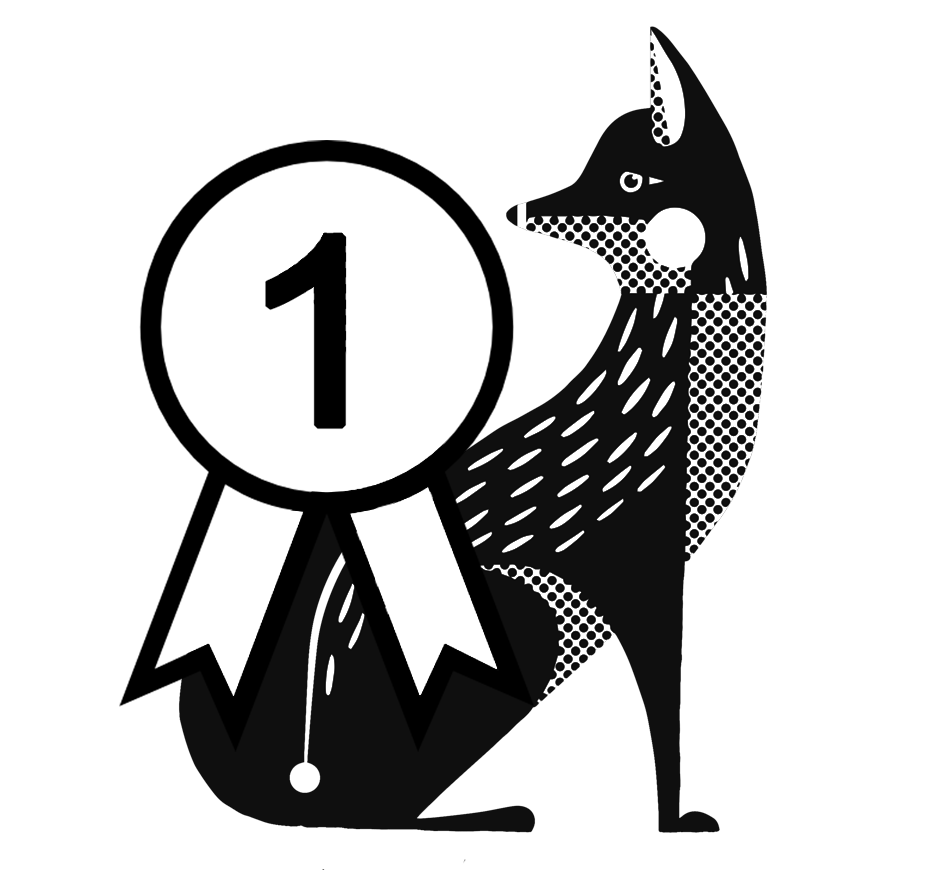


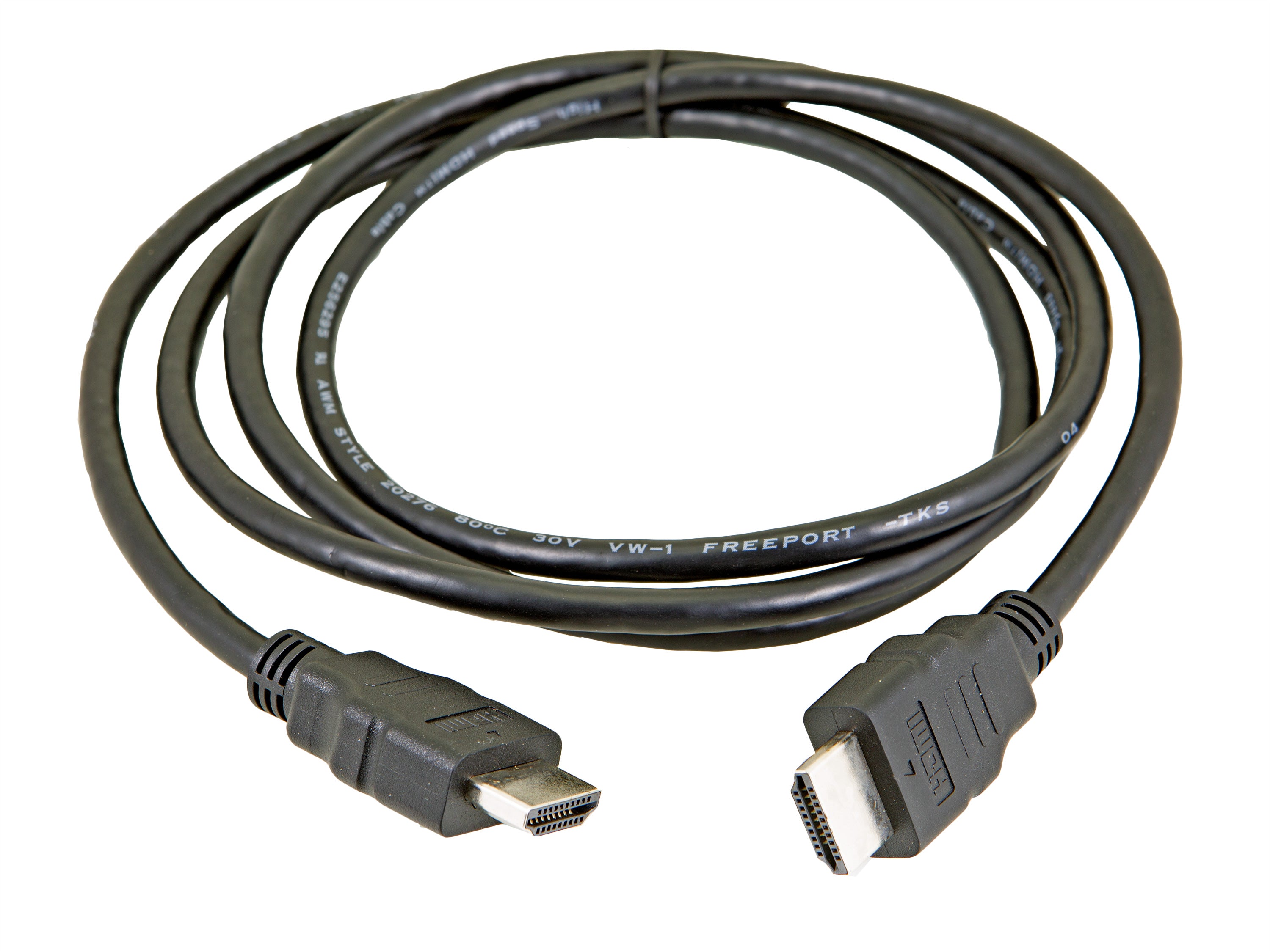
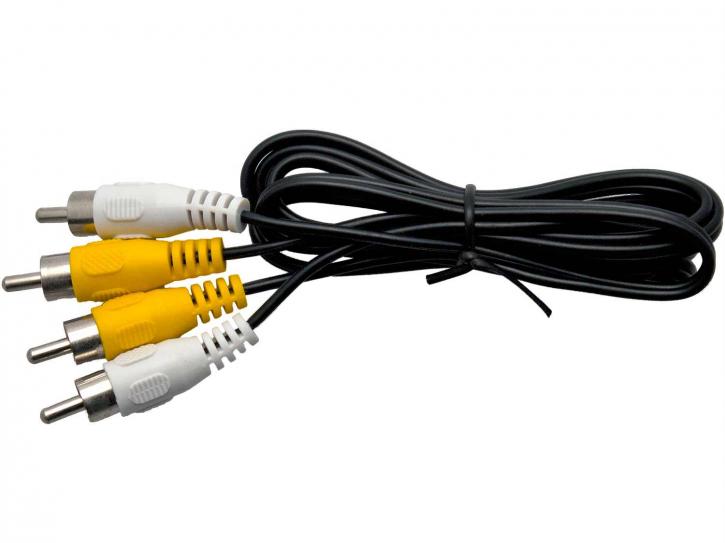
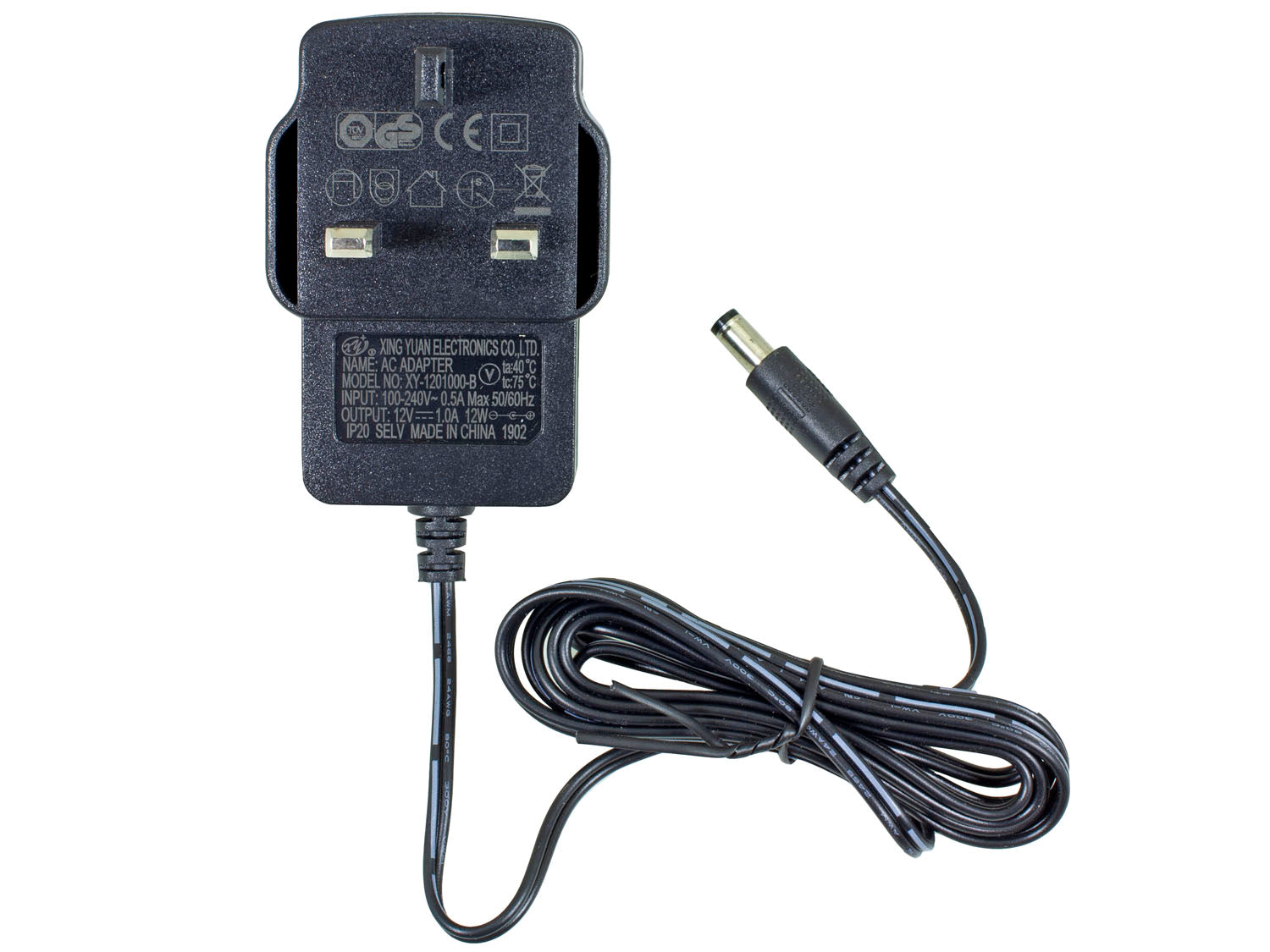
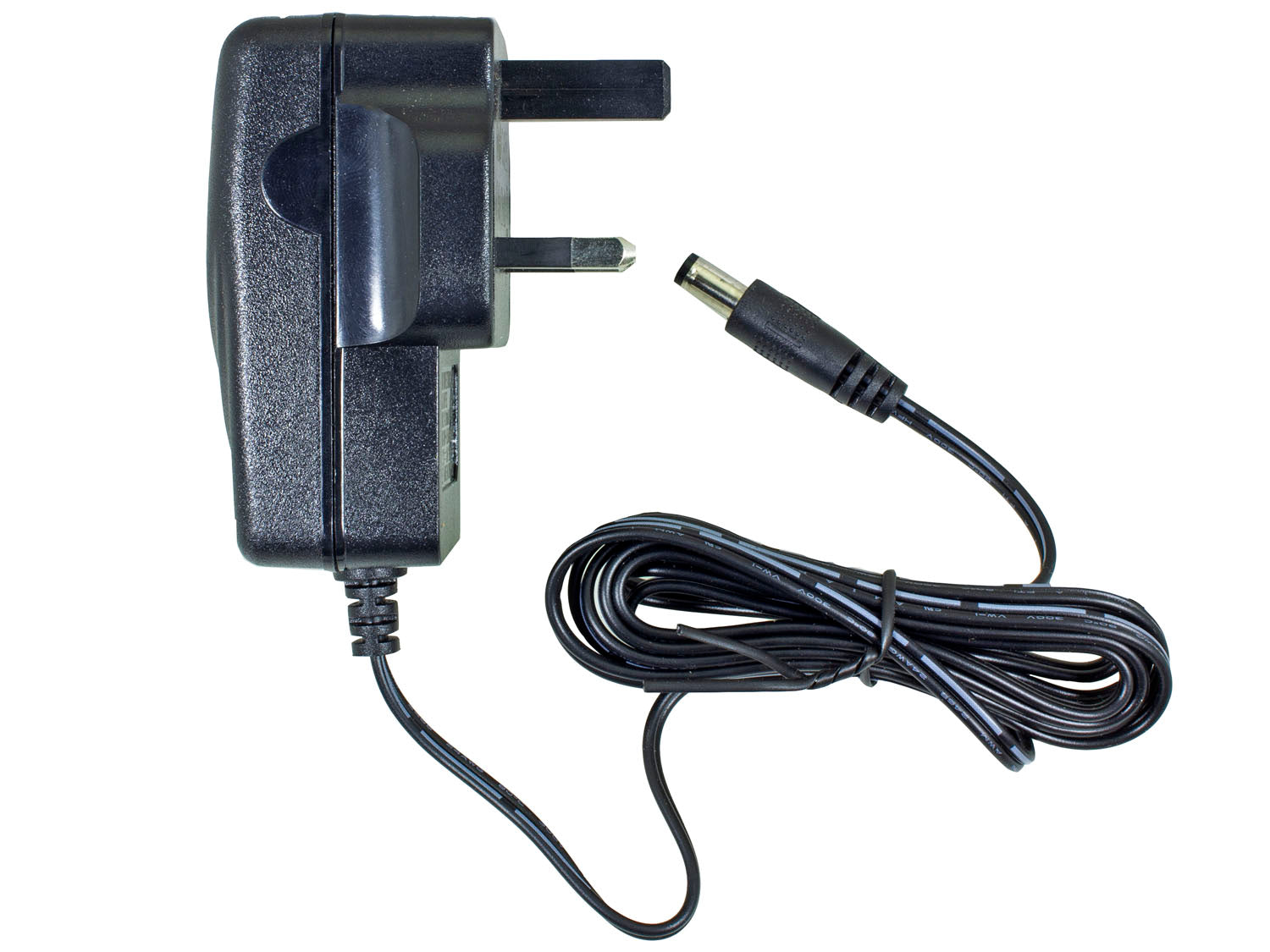
I have a Nuthatch as a constant visitor to my bird table, it is obviously feeding young chicks somewhere very near. Is this usual for the middle of November?
I have a female blackbird I think nesting in the rafters of my porch.
We are lucky to have a Nuthatch as a regular visiter
in October along with various tits a Robin and buntings! Is this usual for this time of year? They are loving the sunflower hearts and mealworm suet pellets.
We appear to have what I believe to be a blackbird nesting in our tree. I’m concerned about lack of food if the eggs hatch. Is there anything I can do to help?
Great informative little read. Well done!